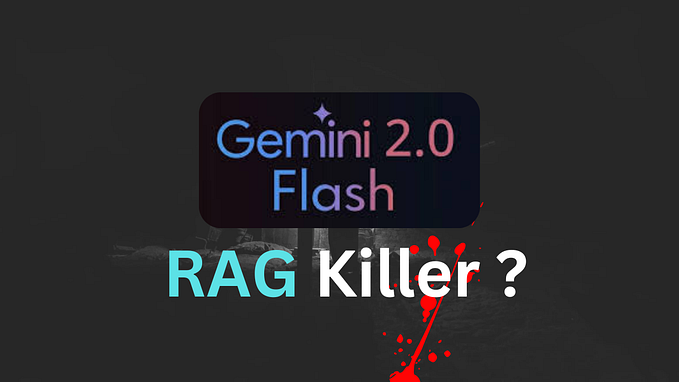Tracing the Milestones of Artificial Intelligence Through Decades

Introduction
What began as a mere figment of imagination in the mid-20th century has now become an integral part of our daily lives. But how did we get here? This journey through the evolution of Artificial Intelligence from Alan Turing’s days to the present era of sophisticated language models reveals a fascinating tale of innovation and human ingenuity.
The Dawn of a New Era
The 1956 Dartmouth Conference
It was a summer gathering that changed the world. Visionaries like John McCarthy and Alan Turing sat together, pondering the possibility of machines that could think. It was here that “Artificial Intelligence” was christened, setting off a chain reaction that continues to this day.

The Seeds of Future
ELIZA and Early Chatbots
In the 60s and 70s, while the world was busy with space races and rock ’n’ roll, AI took its baby steps in communication. ELIZA, developed by Joseph Weizenbaum, was no less than a marvel. It wasn’t just a program; it was a conversation partner, albeit a primitive one.
The Winters and Revivals
The Resurgence of Neural Networks
The 80s were tough; the world doubted AI. Funding dried up, but the passion didn’t. Then came the resurgence of neural networks. Like the first sprouts after a harsh winter, AI began to bloom again, showing what it was truly capable of.The Chessboard Conquest
The Chessboard Conquest
IBM’s Deep Blue
In 1997, a machine did the unthinkable — it defeated the reigning world chess champion, Garry Kasparov. Deep Blue’s victory wasn’t just about chess; it was a statement that AI could think, plan, and even outsmart humans.

The Generative Leap
The Rise of GANs
The 2000s saw AI embrace creativity. Generative Adversarial Networks (GANs) emerged, allowing AI to create art, music, and more. It was no longer just a logical thinker; AI was becoming an artist.
The Decade of Breakthroughs
Language Models and Beyond
The 2010s were a whirlwind. IBM Watson conquered “Jeopardy!,” and neural networks began outdoing humans in recognizing images. AI was no longer a lab experiment; it was a part of our world, conversing, understanding, and interacting.
The Era of Language Models
GPT-3 (…) and Claude
Enter the 2020s, and language models like GPT-3 (…) and Claude took center stage. These weren’t just programs; they were sophisticated, nuanced conversationalists, marking a new era in human-machine interaction.
The Open-Source Revolution
Mistral AI
Mistral AI’s commitment to open-source AI changed the game…
Amidst this evolution, Mistral AI emerged, championing an open-source philosophy. In an ecosystem dominated by proprietary models, Mistral offered a different path — AI for everyone, an AI of openness and collaboration.
The Future Beckons
As we stand in 2023, AI is more than technology; it’s a part of our society, our culture, and our daily lives. It’s not just a tool; it’s a companion, a creator, a thinker. The journey of AI is a testament to human curiosity and the relentless pursuit of knowledge.






